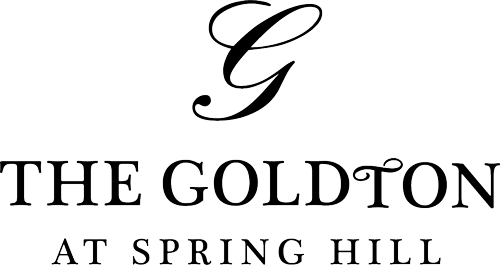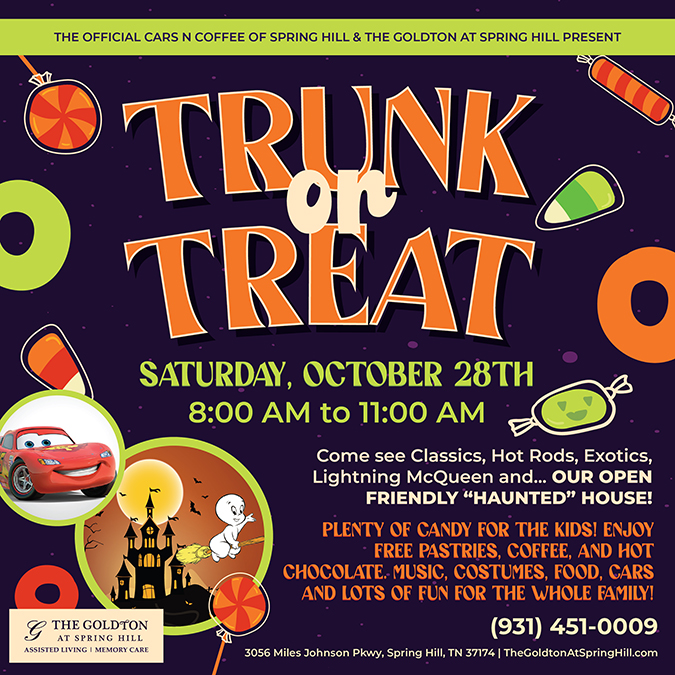Have you ever noticed how a river keeps a landscape alive as long as it keeps flowing? Your circulation works the same way — carrying oxygen, nutrients, and warmth to every corner of the body. Each heartbeat sends out about 2,000 gallons of blood a day, quietly fueling the brain, muscles, and skin. When that flow slows down, the body speaks: ankles swell, energy fades, wounds heal more slowly.
For older adults, especially those who spend more time sitting or resting, circulation becomes one of the great unsung heroes of health. It affects memory, mobility, mood, and even the simple comfort of having warm hands and feet. In assisted living communities, where routines are steady and support is always near, small habits can make the difference between feeling sluggish and feeling vibrant. The question is: what practical steps can residents and their families take to keep this vital system moving with ease every day?
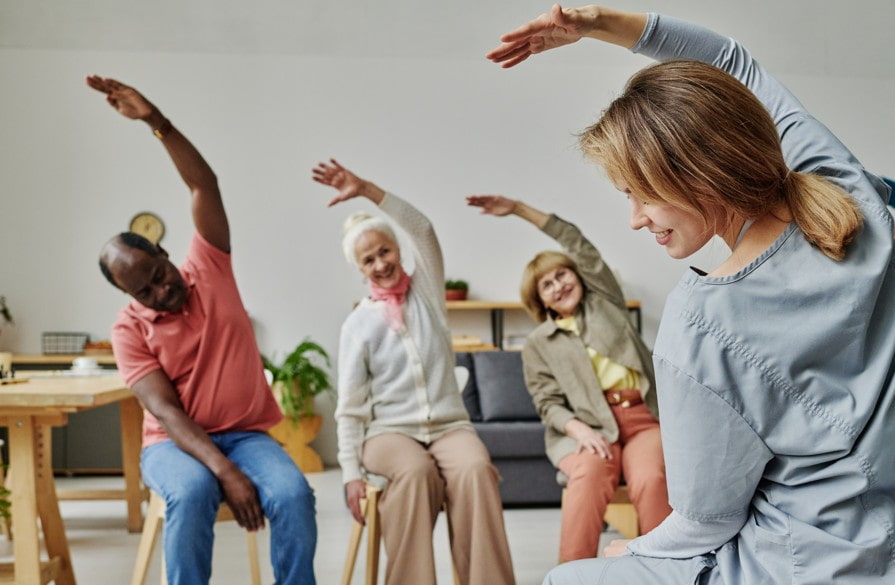
Easy Circulation Exercises for Older Adults
Movement doesn’t need to be intense to be effective. In fact, for seniors with limited mobility, small and consistent actions are often the safest and most powerful way to support circulation. The goal is to gently activate muscles, encourage blood flow, and prevent stiffness. Here are some practical, easy-to-follow exercises:
🪑 Seated Leg Lifts
- Sit comfortably in a sturdy chair.
- Straighten one leg slowly, hold for 3–5 seconds, then lower it back down.
- Repeat 10 times per leg.
👉 Tip: This strengthens thigh muscles and promotes circulation in the legs without strain.
✋ Ankle Circles and Foot Flexes
- While seated or lying down, lift your feet slightly off the floor.
- Rotate your ankles in slow circles, then switch directions.
- Point and flex your toes 10–15 times.
👉 Tip: This helps reduce swelling and improves blood return to the heart.
💪 Arm Raises with Breathing
- Inhale deeply while raising both arms to shoulder height.
- Exhale as you gently lower them.
- Repeat 8–10 times at your own pace.
👉 Tip: Combines movement with mindful breathing, boosting oxygen and circulation.
🦵 Knee-to-Chest Stretch (Seated)
- Sit tall, bring one knee toward your chest with gentle support from your hands.
- Hold for a few seconds, then release.
- Repeat 5–8 times per leg.
👉 Tip: Encourages flexibility in the hips and keeps blood moving through the lower body.
🌸 Finger and Hand Stretches
- Open your hands wide, stretching fingers apart.
- Then make a gentle fist, squeezing lightly.
- Repeat 10 times.
👉 Tip: Supports circulation in the hands and helps with stiffness from arthritis.
💡 Interactive idea: Ask yourself — Which of these exercises could I add to my morning or evening routine? Could I try them while listening to music, or even during a phone call with family?
Consistency matters more than intensity. Even 5–10 minutes of gentle movement twice a day can transform how the body feels, keeping seniors energized and more comfortable.
Daily Habits That Help Seniors Improve Circulation
💧 Stay Hydrated
- Blood is about 50% water, and dehydration makes it thicker, forcing the heart to work harder.
- Seniors should aim for 6–8 cups of fluids daily (water, herbal teas, or broth count).
👉 Tip: Keeping a reusable water bottle nearby serves as both a reminder and an easy way to measure intake.
🥦 Choose Circulation-Friendly Foods
- Leafy greens (spinach, kale) provide nitrates that widen blood vessels.
- Berries and citrus fruits are rich in antioxidants that protect veins and arteries.
- Omega-3s from fish, chia seeds, or walnuts help keep blood flowing smoothly.
👉 Practical idea: Create colorful plates — the more variety in colors, the more nutrients for circulation.
🧦 Support with Compression and Elevation
- Compression socks gently squeeze the legs, preventing swelling and helping blood return to the heart.
- Elevating the legs for 15–20 minutes after meals or before bed reduces pressure on veins.
👉 Tip: Try placing a pillow under the calves while reading or watching TV.
🪑 Mind Posture and Sitting Time
- Long hours of sitting slows blood flow.
- Adjust seating every hour: sit upright, shift weight, or do a quick stretch.
👉 Guideline: “Move a little, every hour.” Even 2 minutes of stretching makes a difference.
😌 Manage Stress for a Healthier Heart
- Chronic stress increases blood pressure and tightens blood vessels.
- Breathing exercises, guided meditation, or listening to calming music can counteract this.
👉 Simple exercise: Inhale for 4 seconds, hold for 4, exhale for 6 — repeat 5 times.
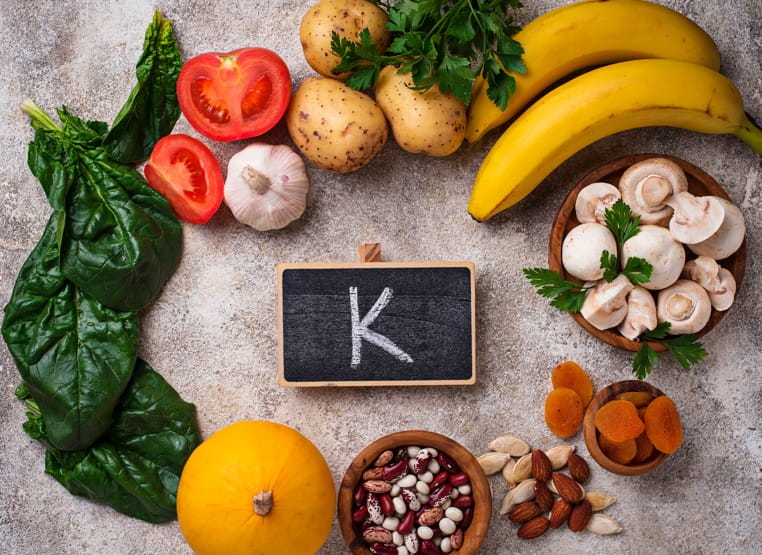
How The Goldton at Spring Hill Supports Healthy Habits
At The Goldton at Spring Hill, circulation-friendly living is built into daily life. Our chef-inspired Freedom Dining program offers meals rich in nutrients seniors need for heart and vascular health. Wellness activities and gentle fitness classes give residents safe ways to stay active, even with limited mobility. And when rest is needed, manicured walking paths, shaded porches, and gardening areas provide opportunities for relaxation that ease both the mind and body.
💡 Interactive check-in: Which of these habits already fits naturally into your daily life? Which one could you add tomorrow without changing much of your routine?
Safe Circulation Tips for Seniors in Assisted Living
In assisted living, circulation care goes beyond exercise and hydration — it’s also about safety measures, comfort strategies, and thoughtful routines that protect residents from risks while supporting their overall health.
🛋️ Choose Seating That Supports Circulation
- Chairs with firm cushions and proper height prevent legs from dangling, which can cut off blood flow.
- Footrests or recliners allow gentle leg elevation without strain.
👉 Tip: A nurse or caregiver can check whether seating is ergonomically safe for each resident.
🛎️ Prevent Prolonged Stillness
- One of the hidden risks for seniors is sitting or lying too long in the same position.
- Staff can help with position changes every 1–2 hours, reducing the chance of pressure sores and improving circulation.
👉 This is especially important for residents who spend extended time in bed or use wheelchairs.
🌡️ Maintain a Comfortable Temperature
- Cold environments cause blood vessels to constrict, making circulation harder.
- Light blankets, warm socks, or room heaters ensure seniors stay comfortable without overheating.
👉 Tip: A cozy, stable temperature supports both heart and circulation health.
🧍 Encourage Micro-Movements Throughout the Day
- Even if residents can’t walk much, small prompts like stretching arms before meals, shifting weight in a chair, or wiggling toes during TV time make a difference.
- Associates can integrate these into daily routines in fun, social ways.
🩺 Leverage Medical Oversight in Assisted Living
- Regular monitoring of blood pressure, heart rate, and swelling helps identify early signs of poor circulation.
- Onsite health providers can adjust care plans, medication, or therapies to keep seniors safe.
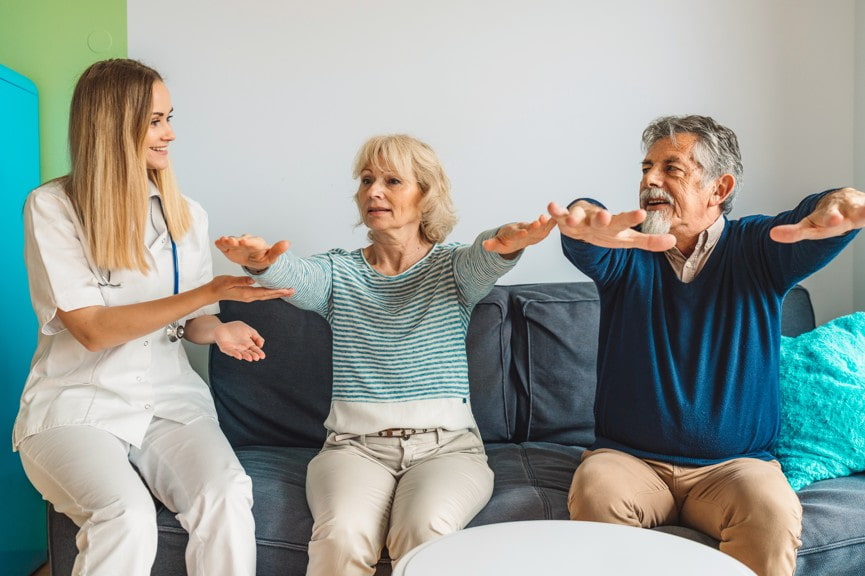
How The Goldton at Spring Hill Creates a Safer Environment
At The Goldton at Spring Hill, safety and comfort work hand in hand. Residents benefit from 24/7 associates, emergency response systems, and onsite medical care with Curana Health — all crucial for managing circulation concerns. Add to that well-designed common areas, relaxing porches, and wellness programs, and seniors enjoy not only better circulation but also peace of mind.
💡 Reflection for families: When was the last time you noticed if your loved one was sitting comfortably, or if they had opportunities to change position during the day? In assisted living, these details are carefully managed so residents stay healthier and safer.
